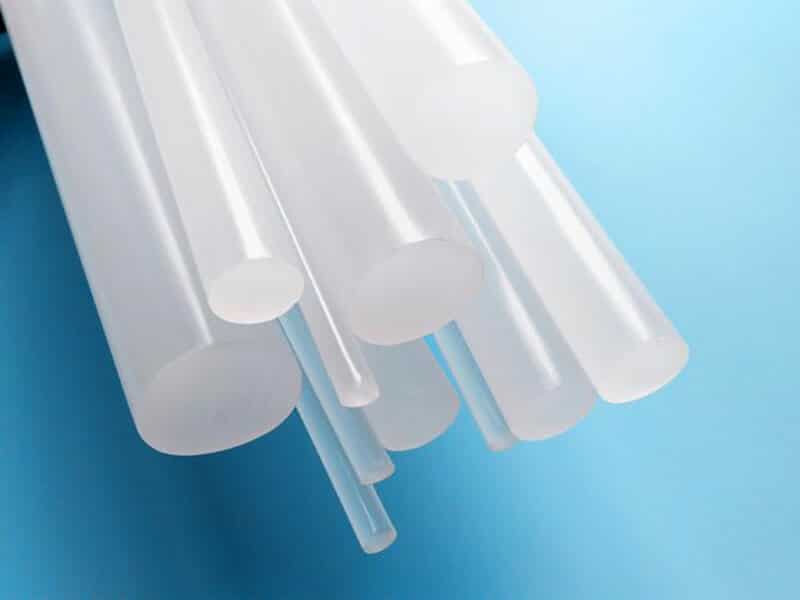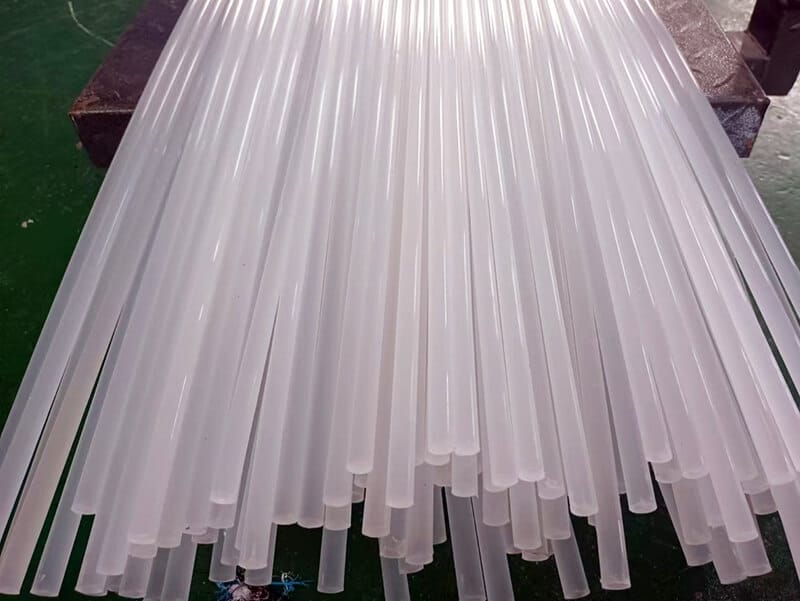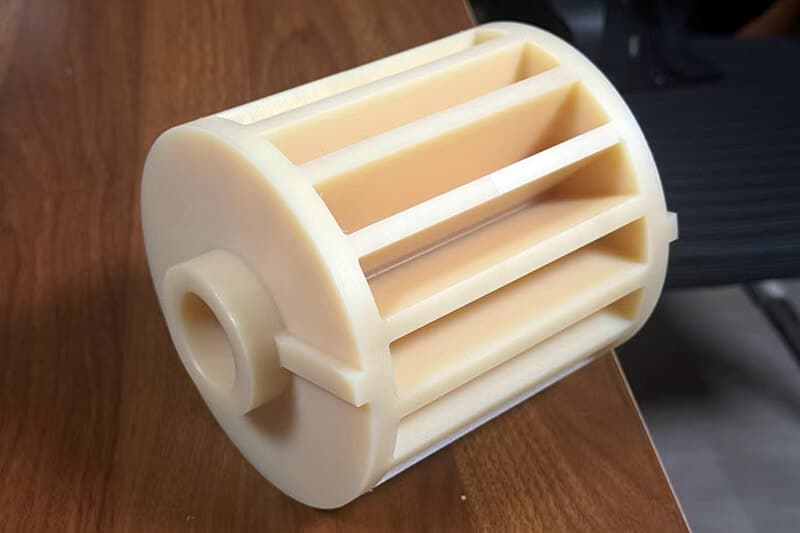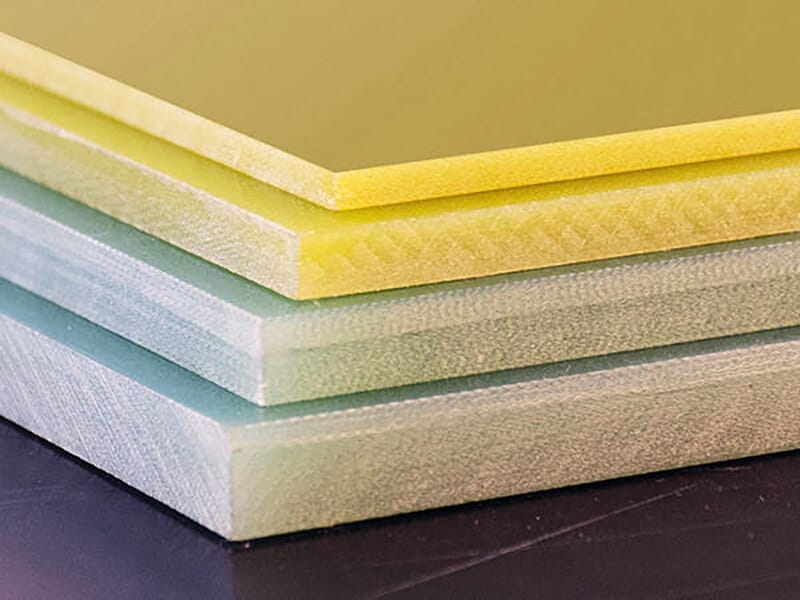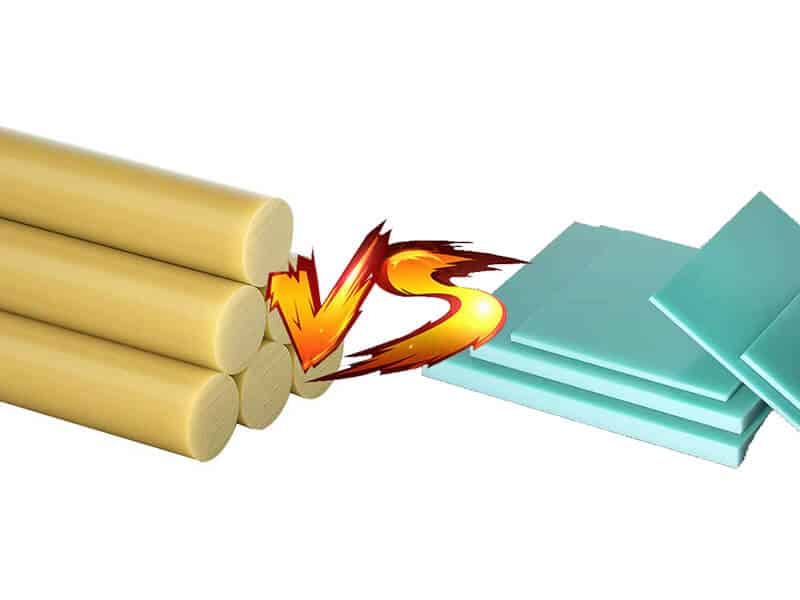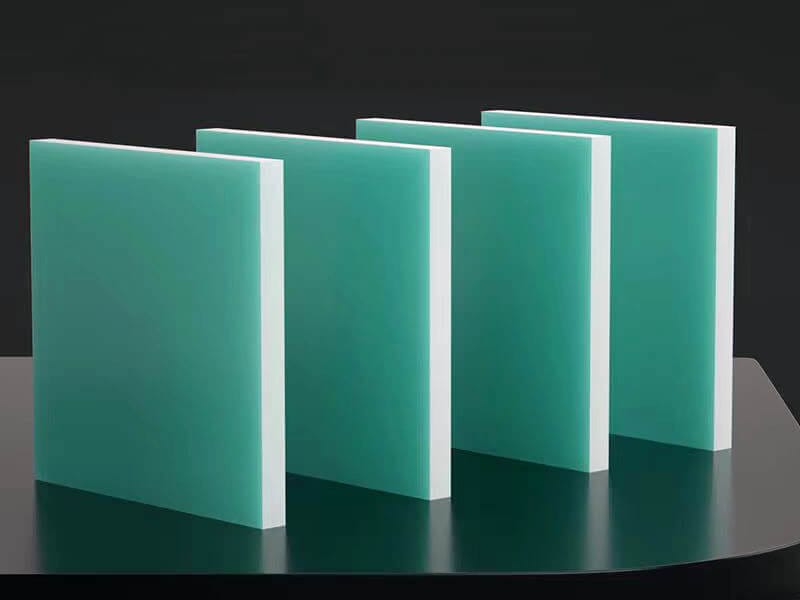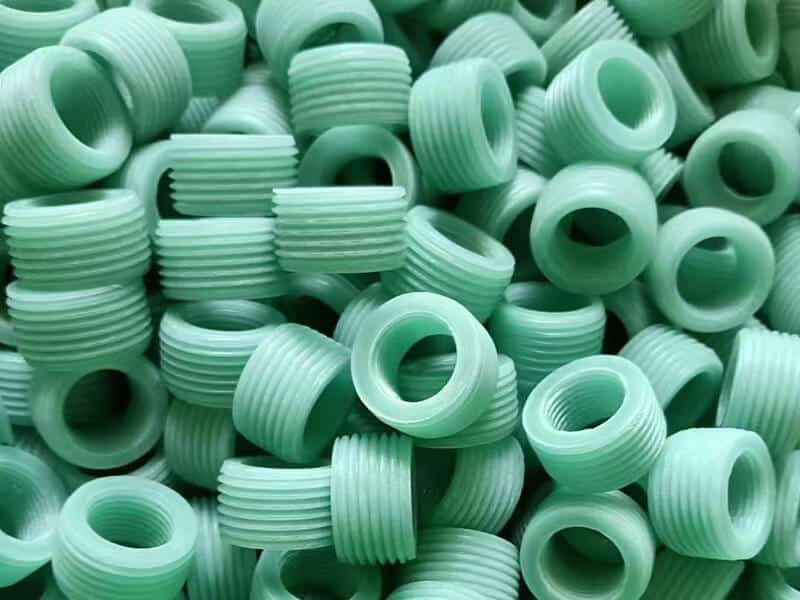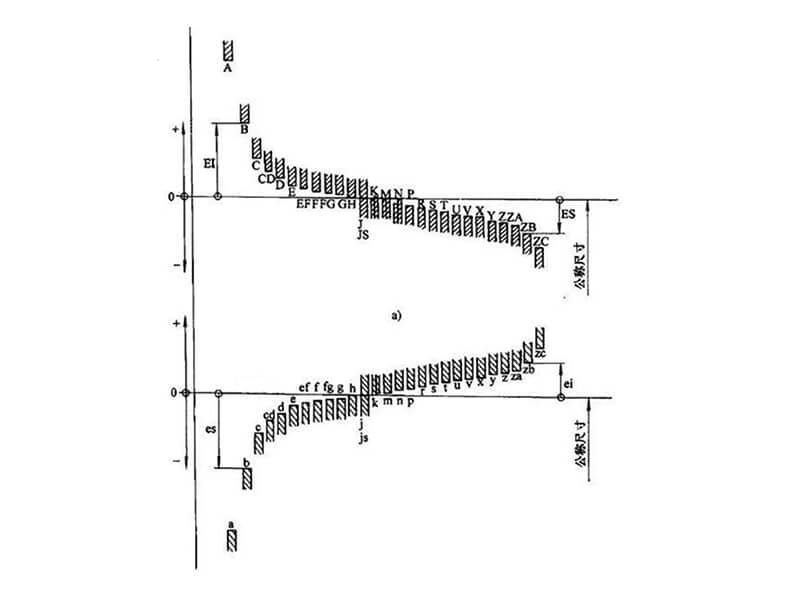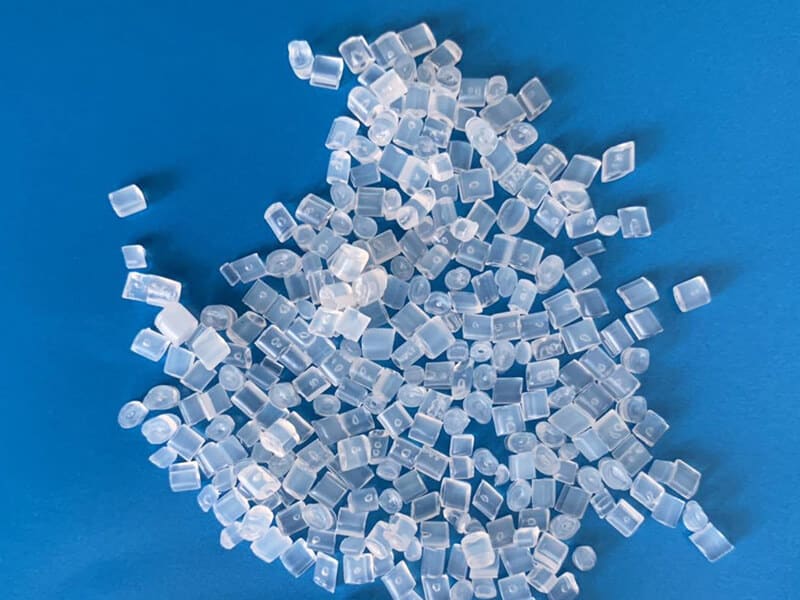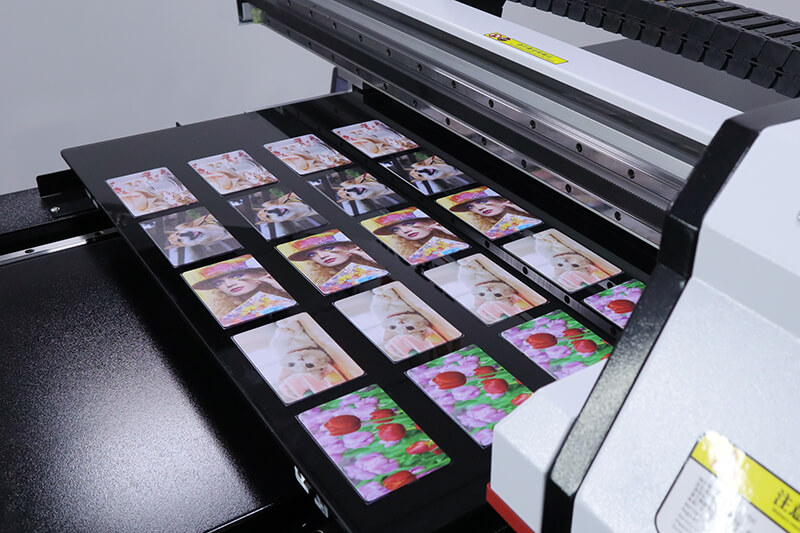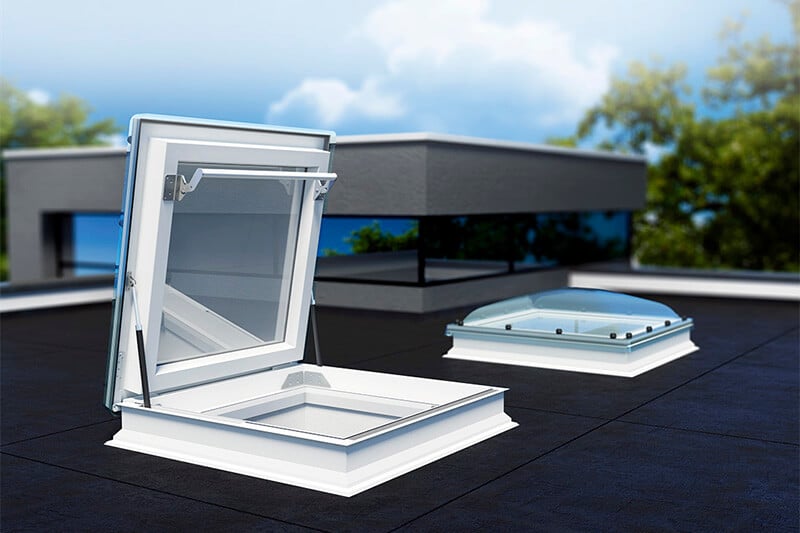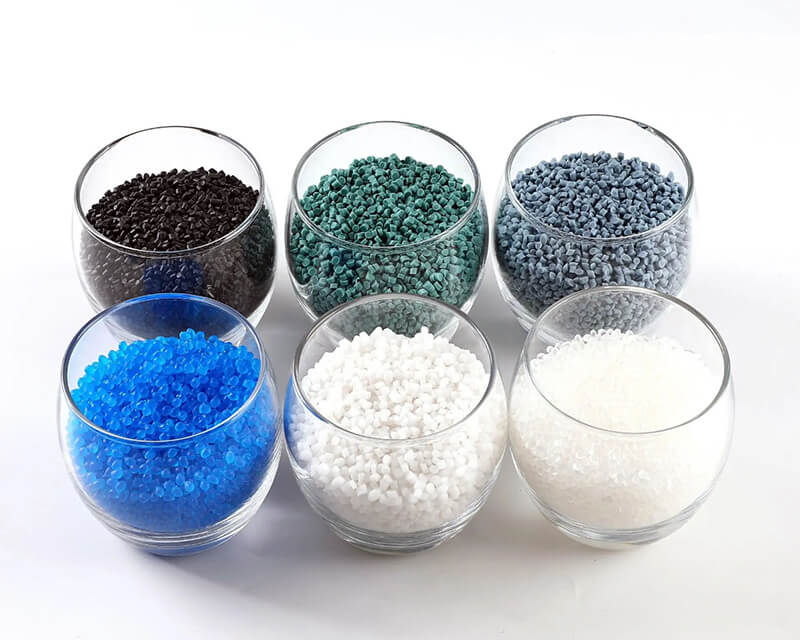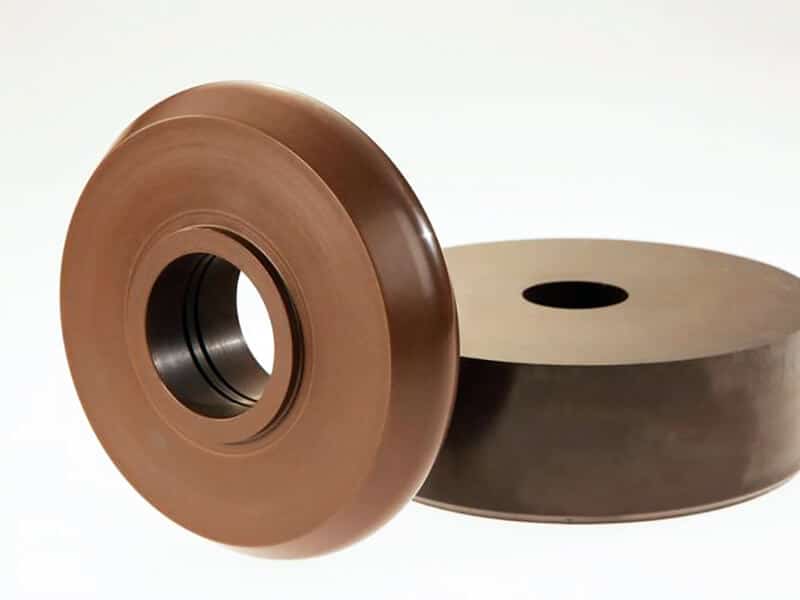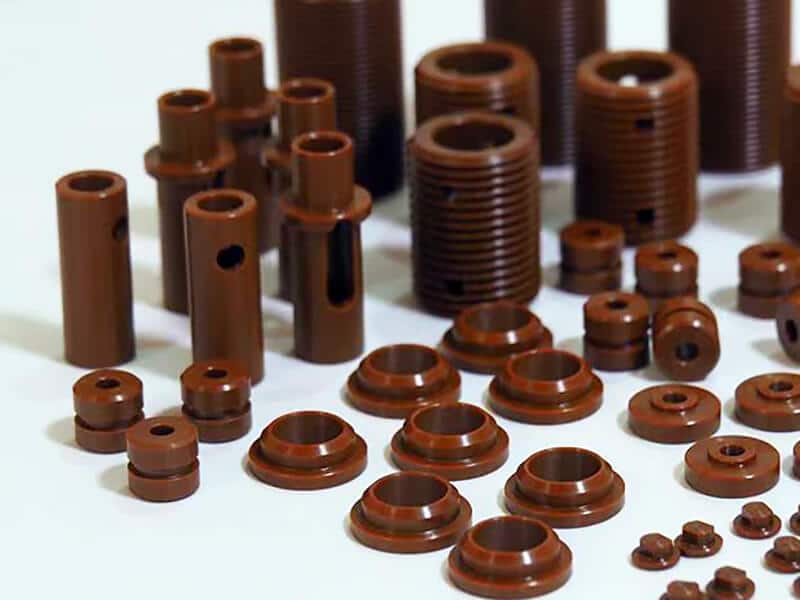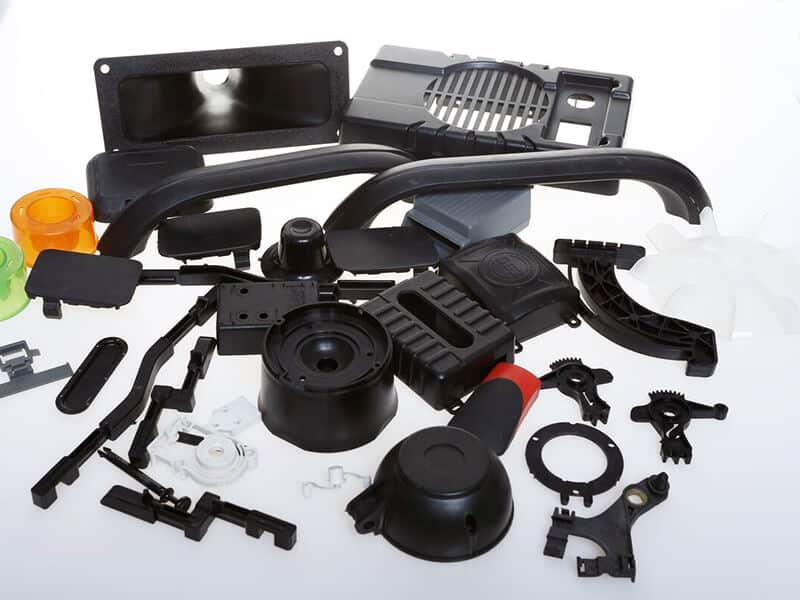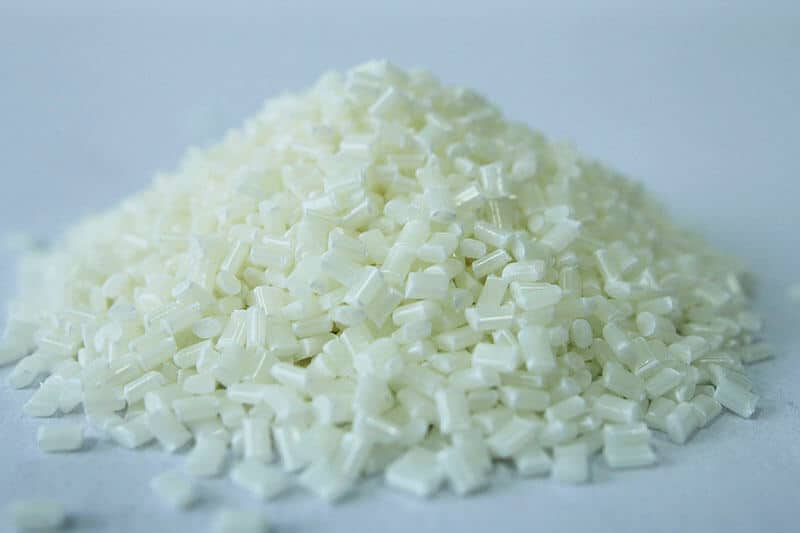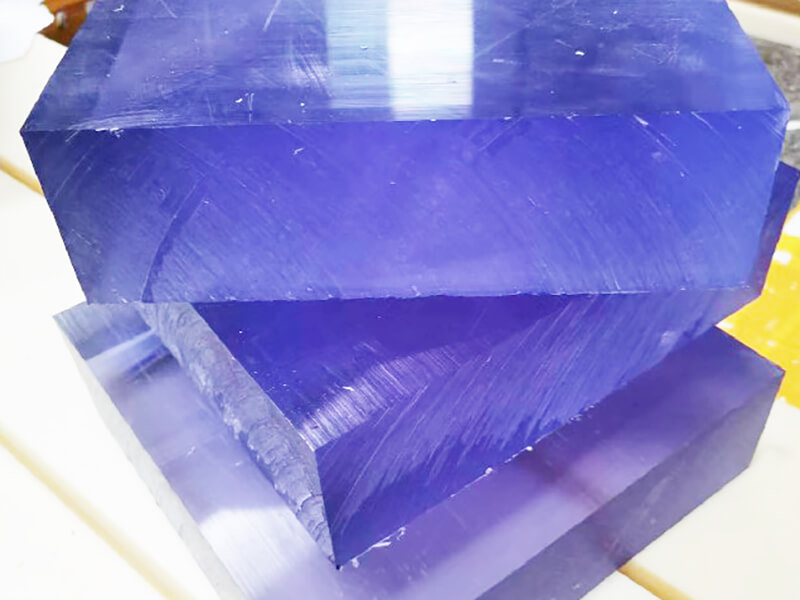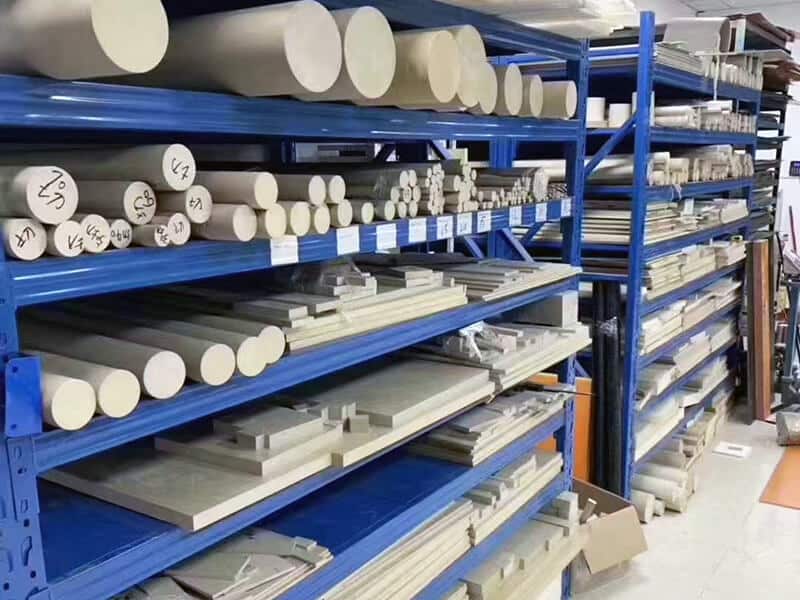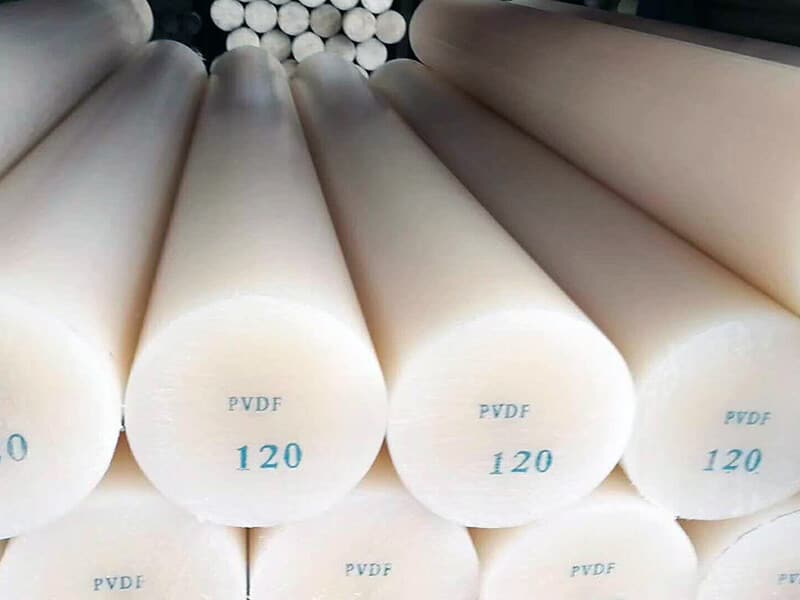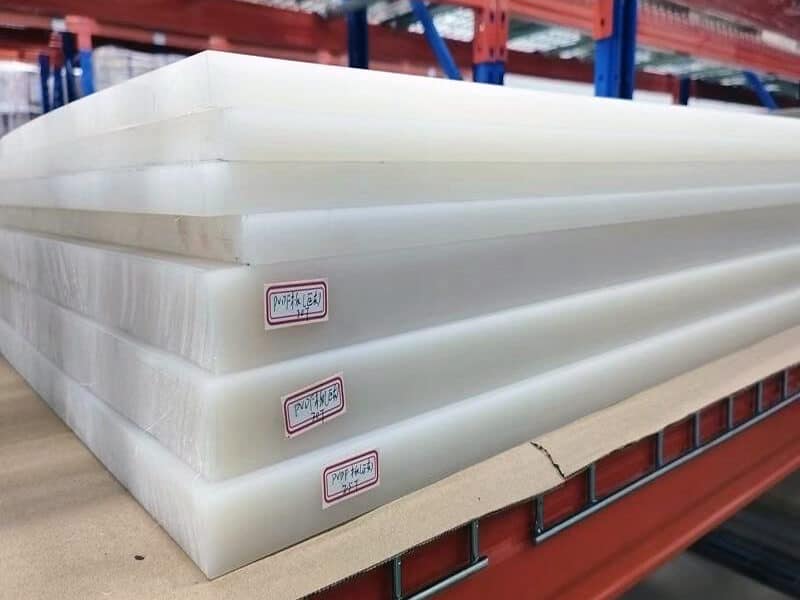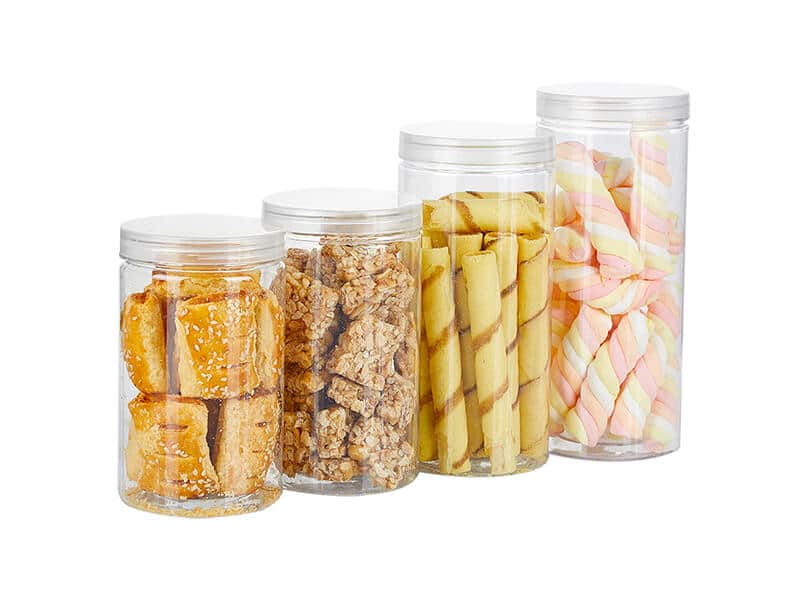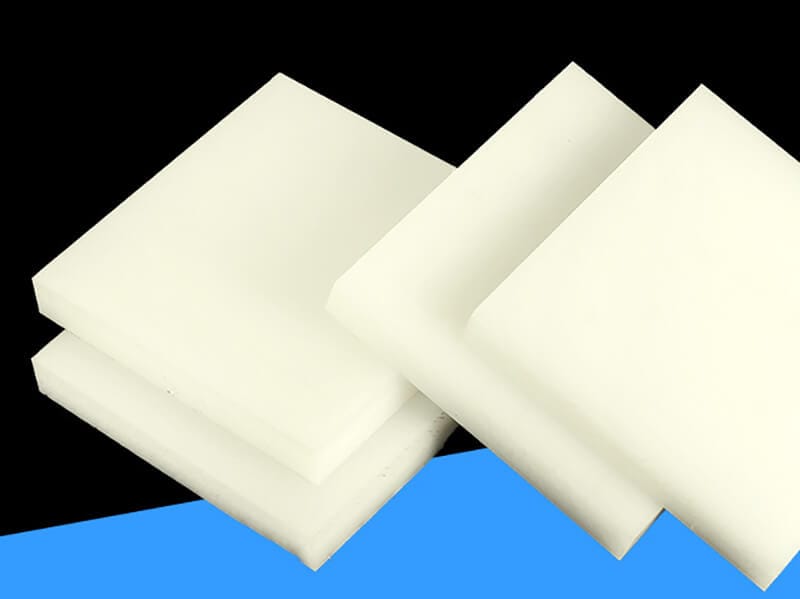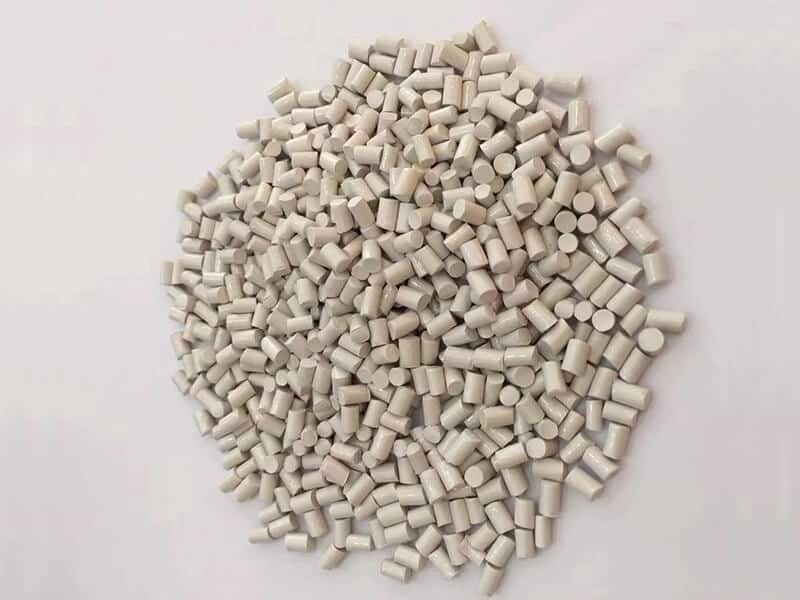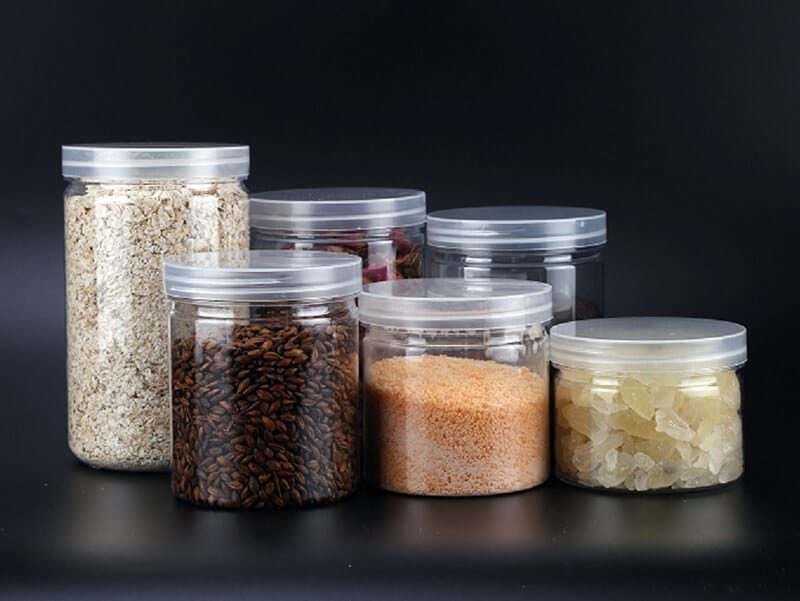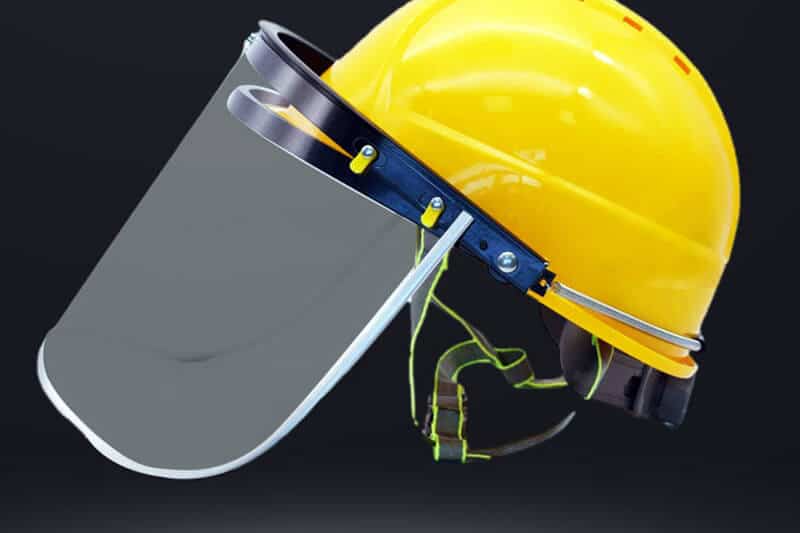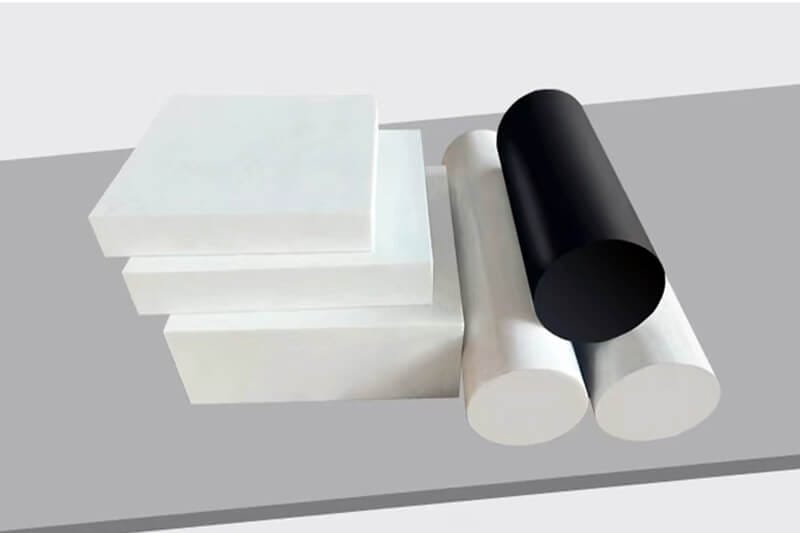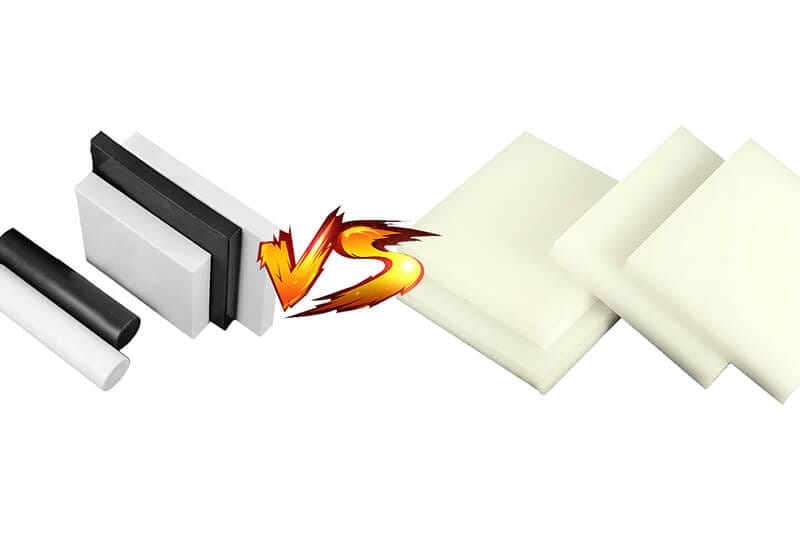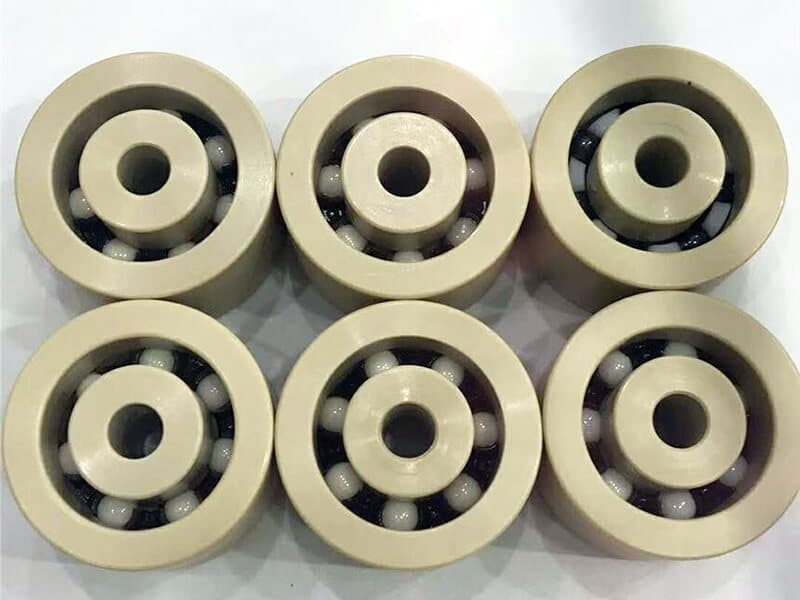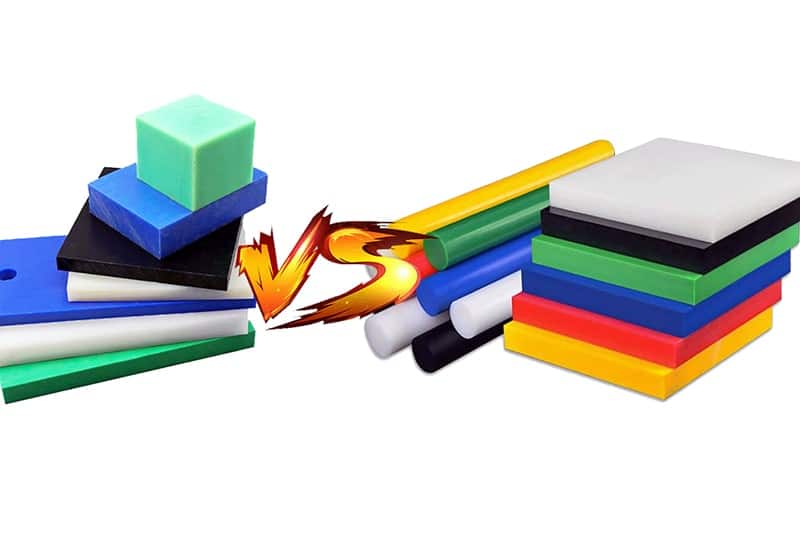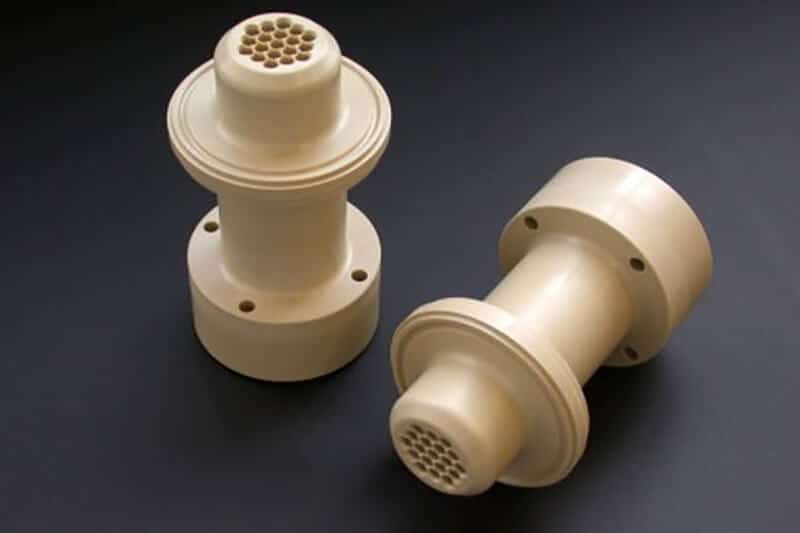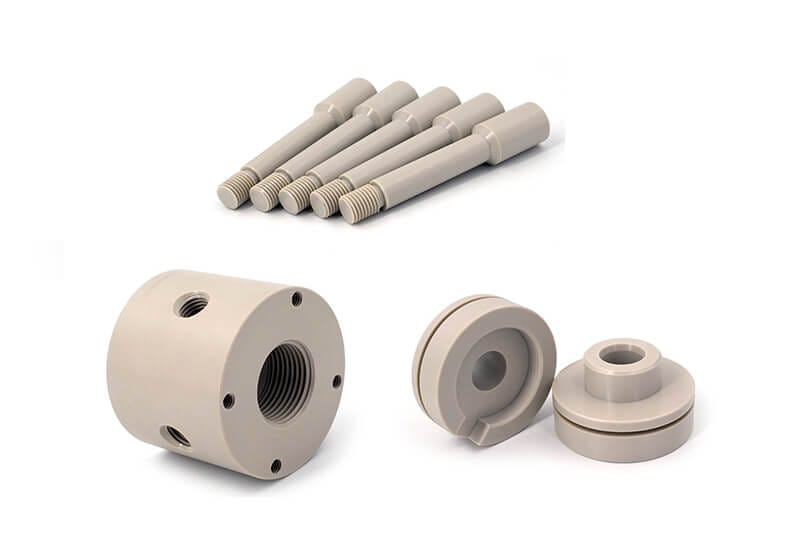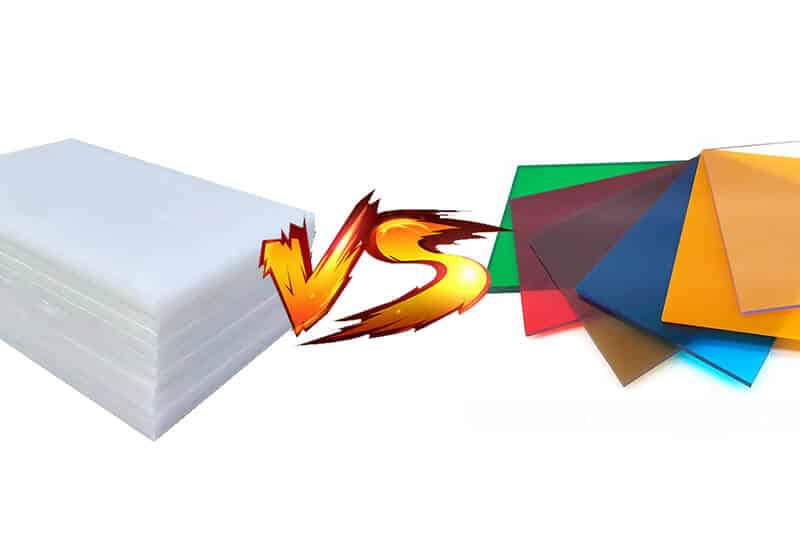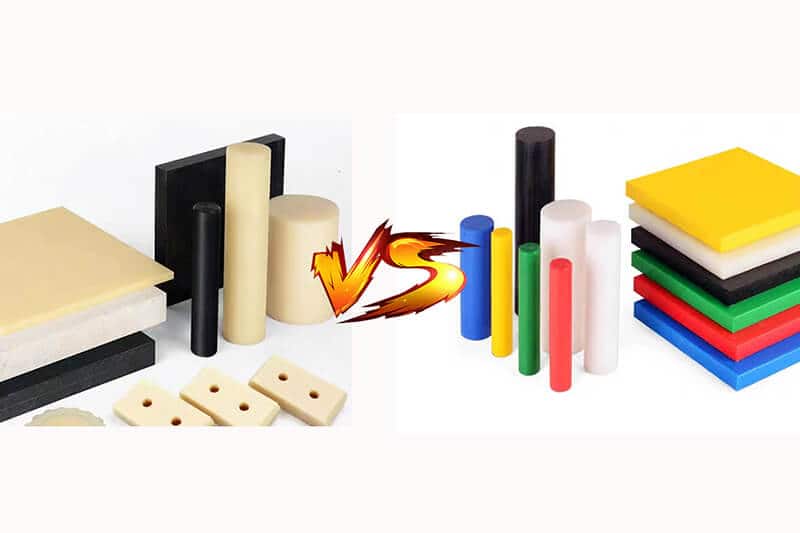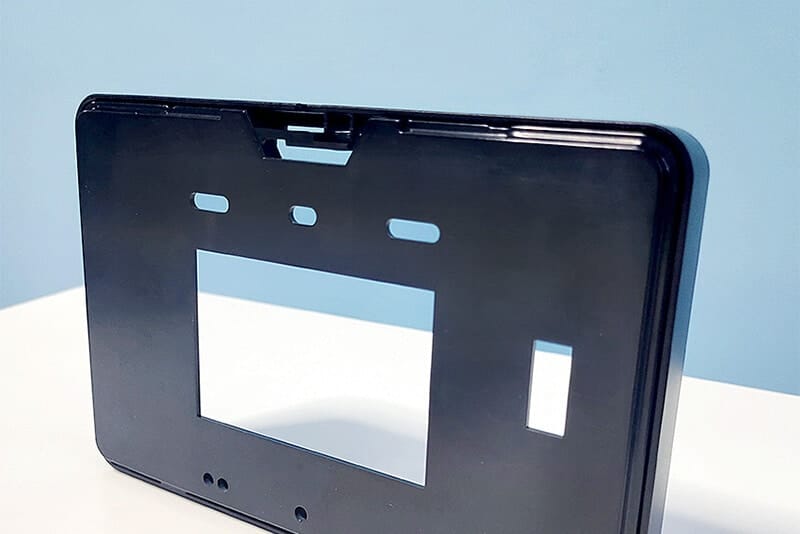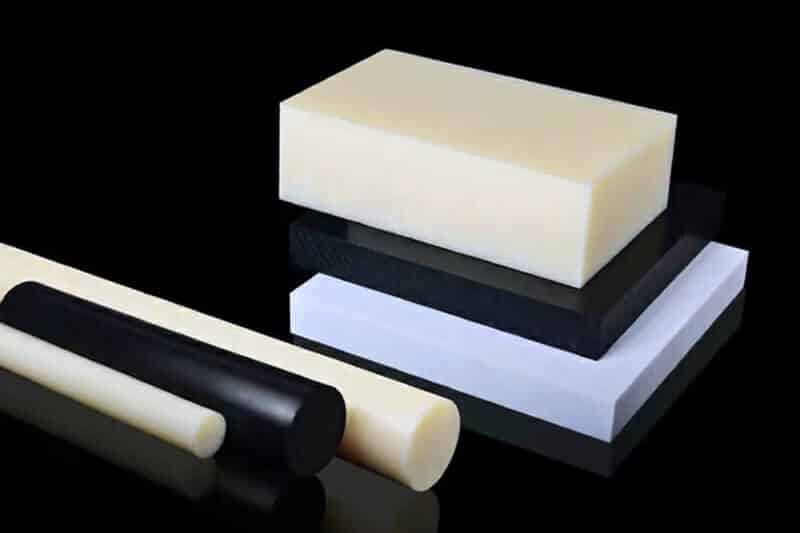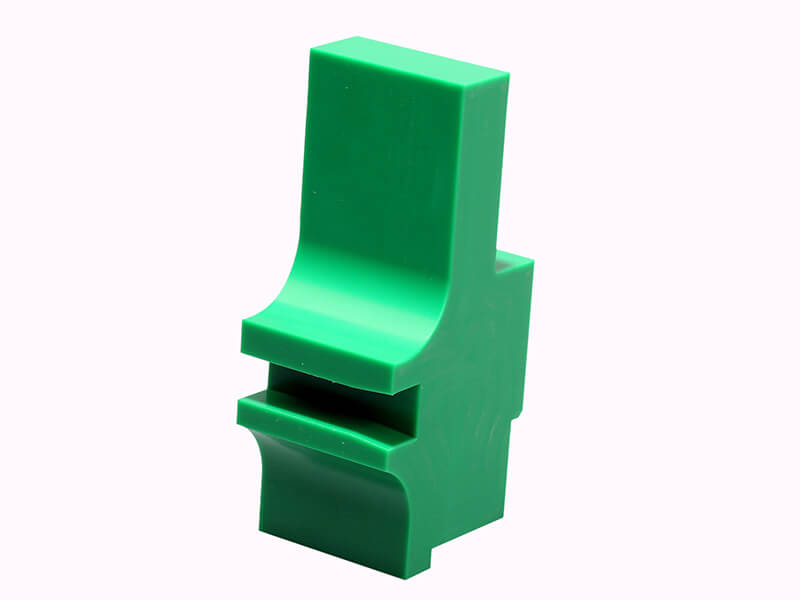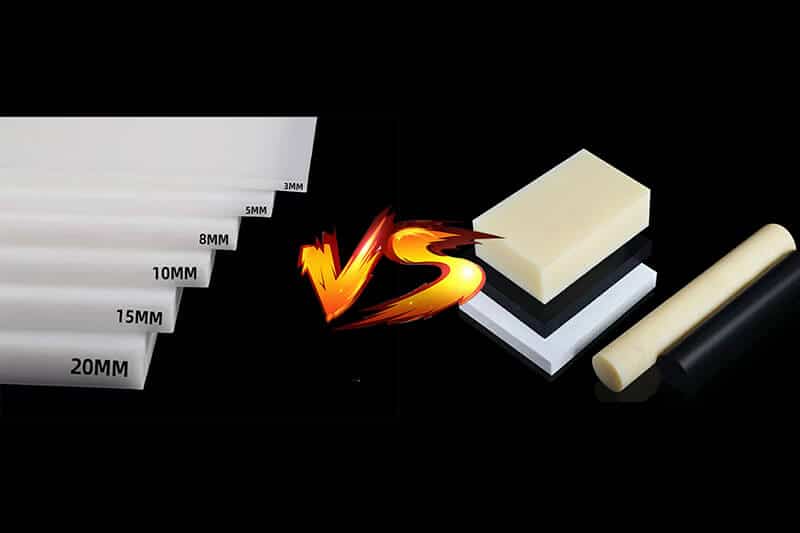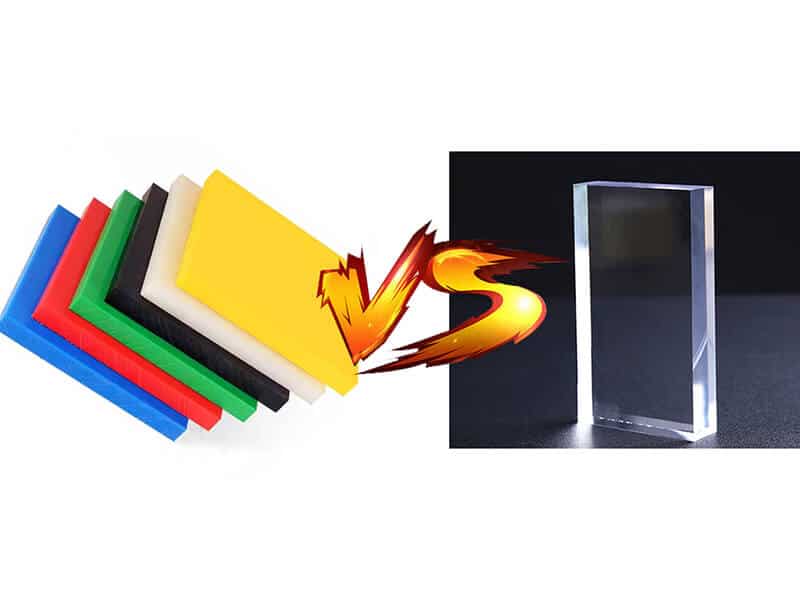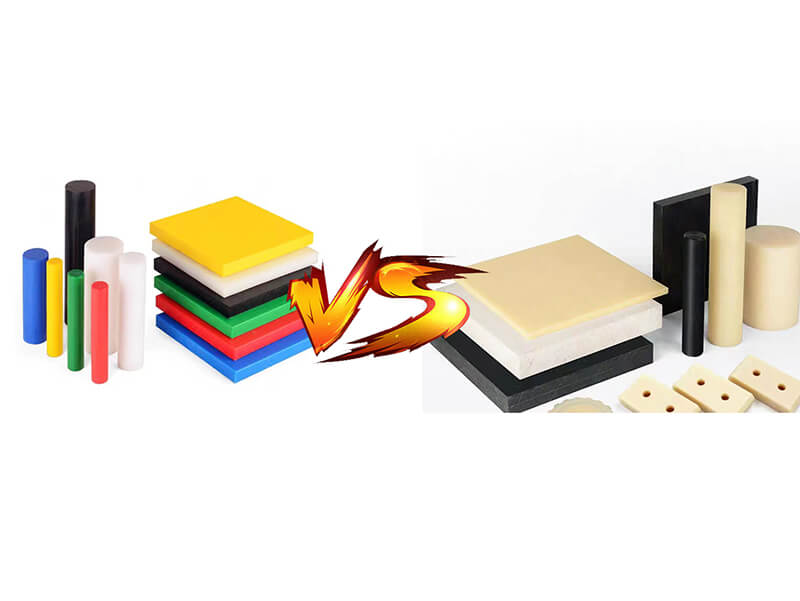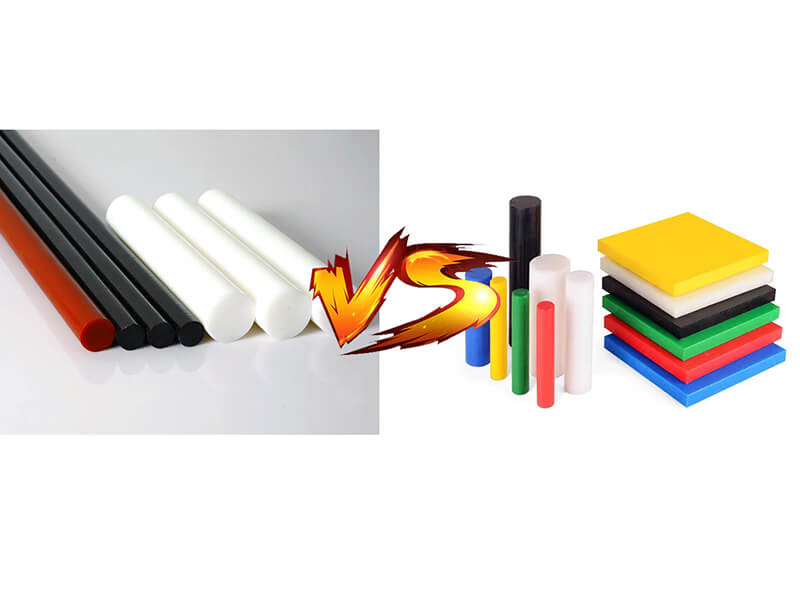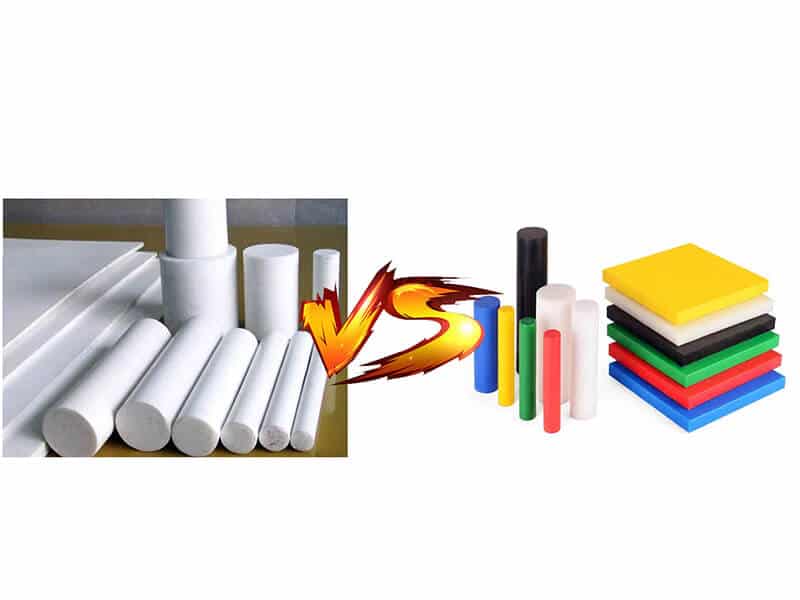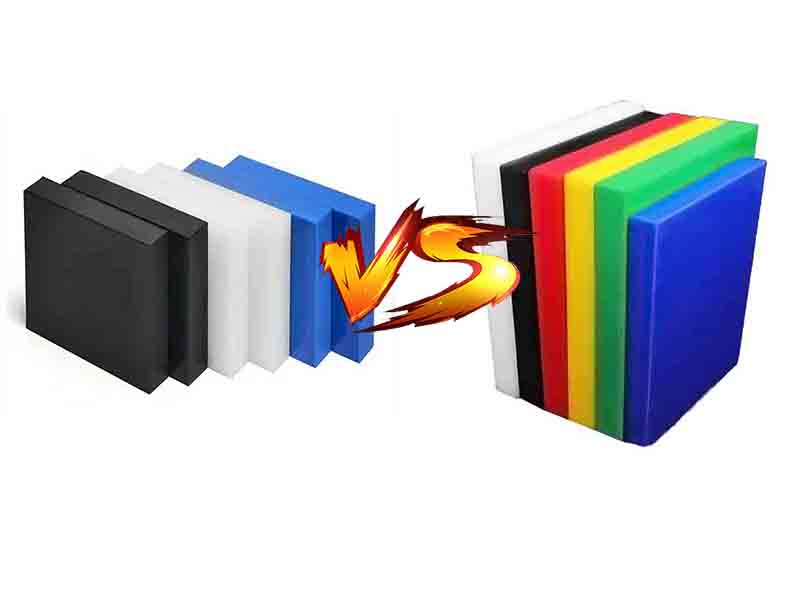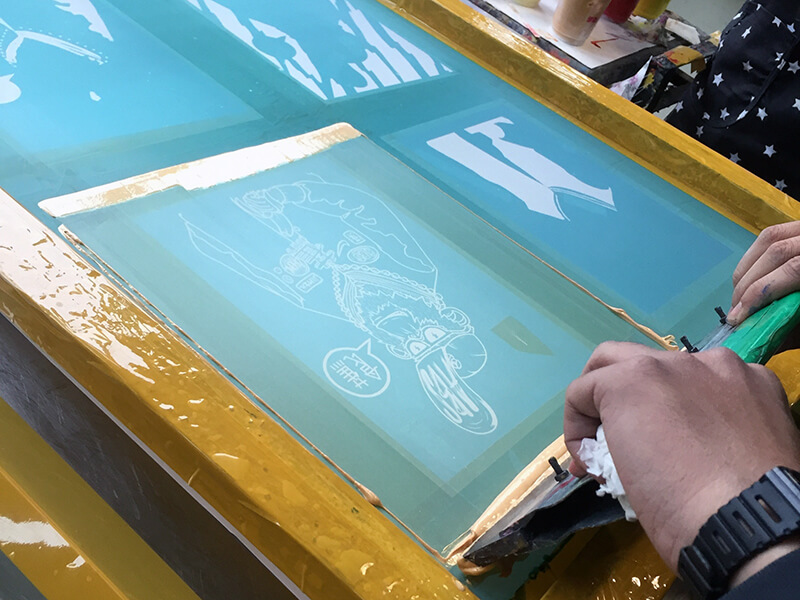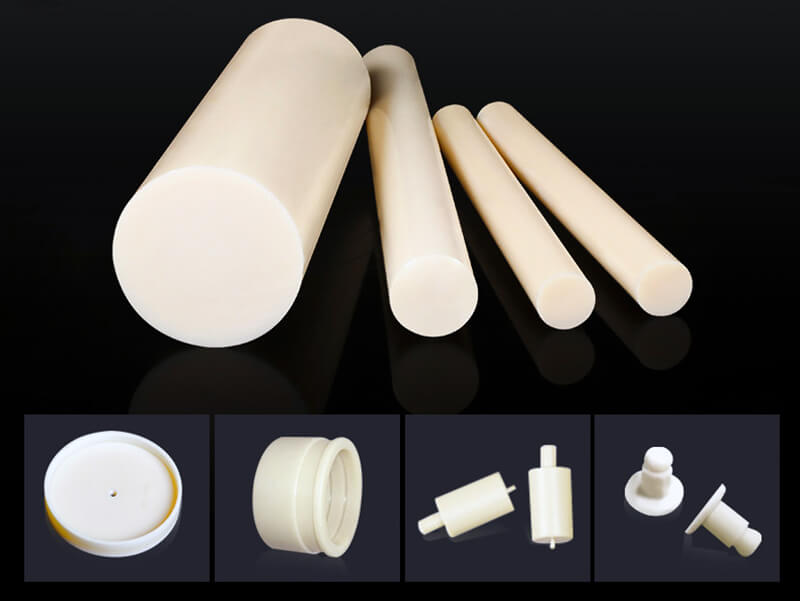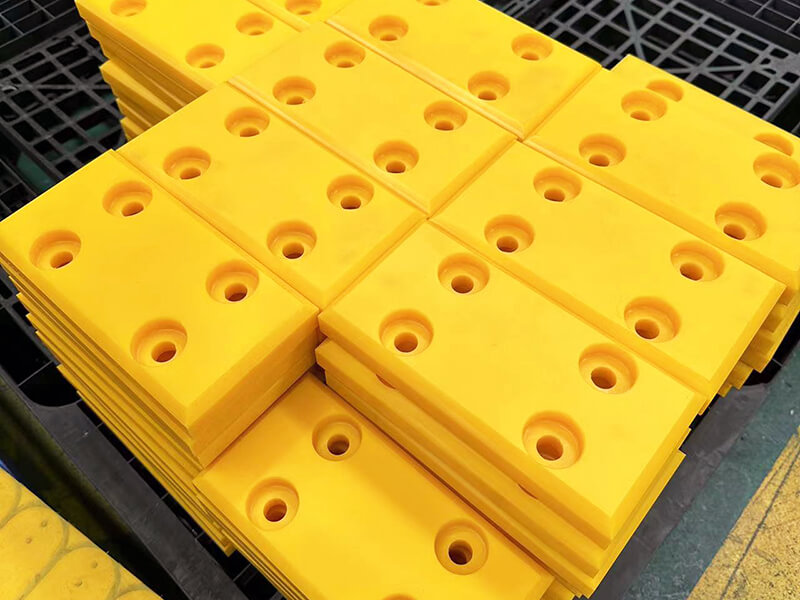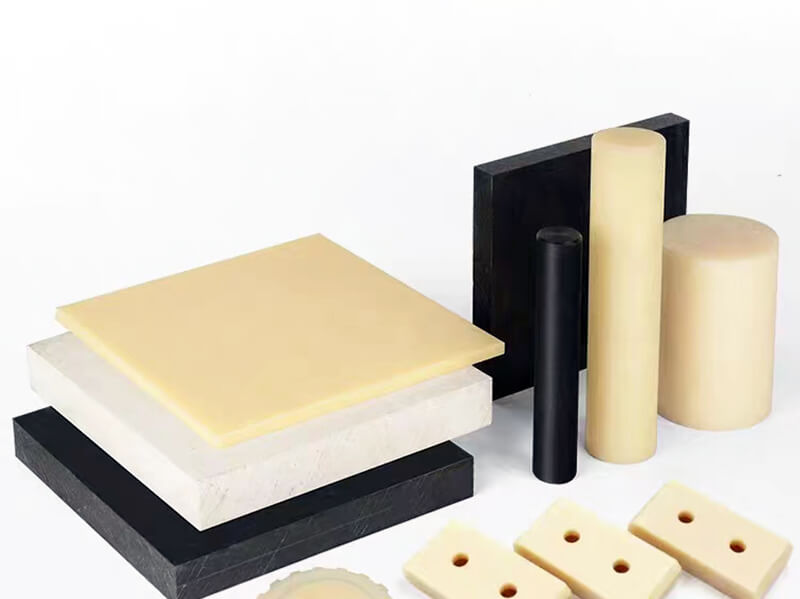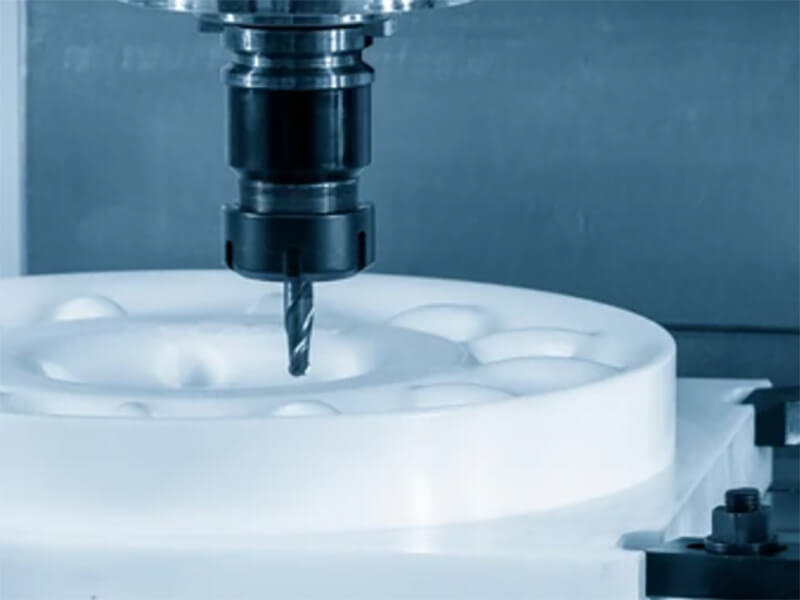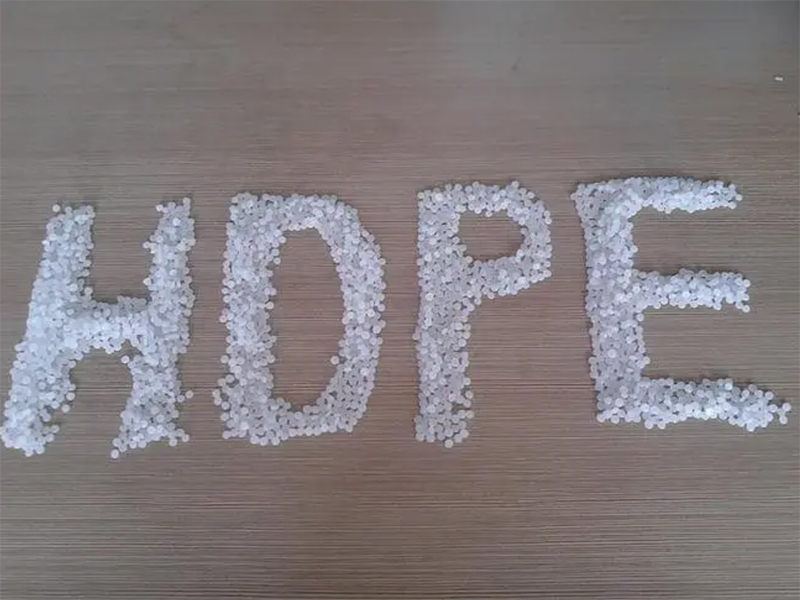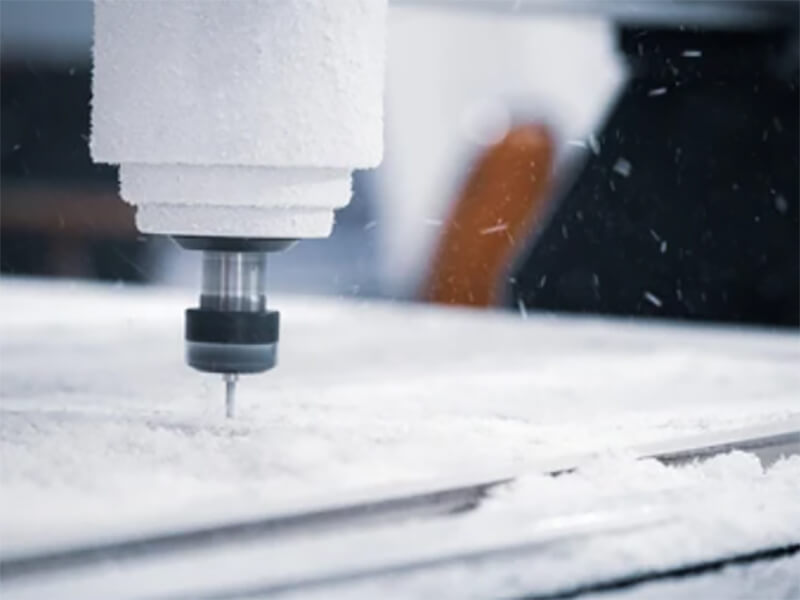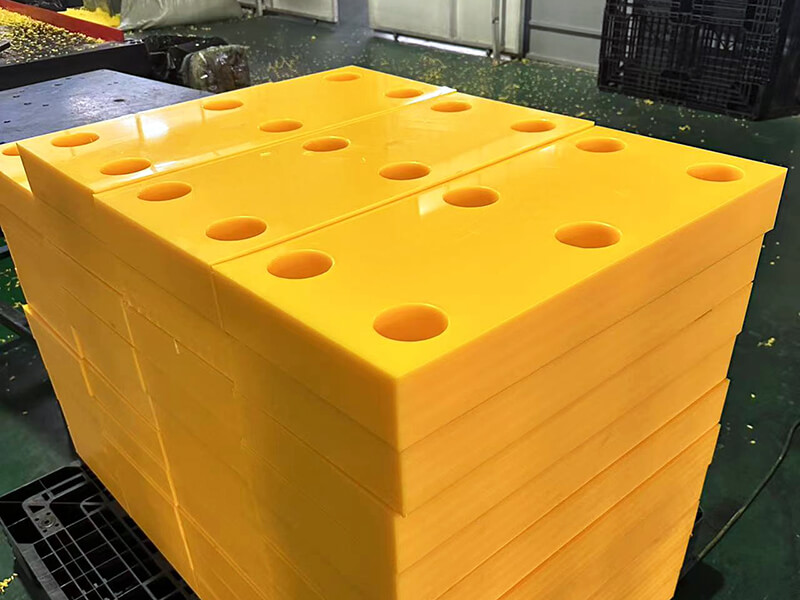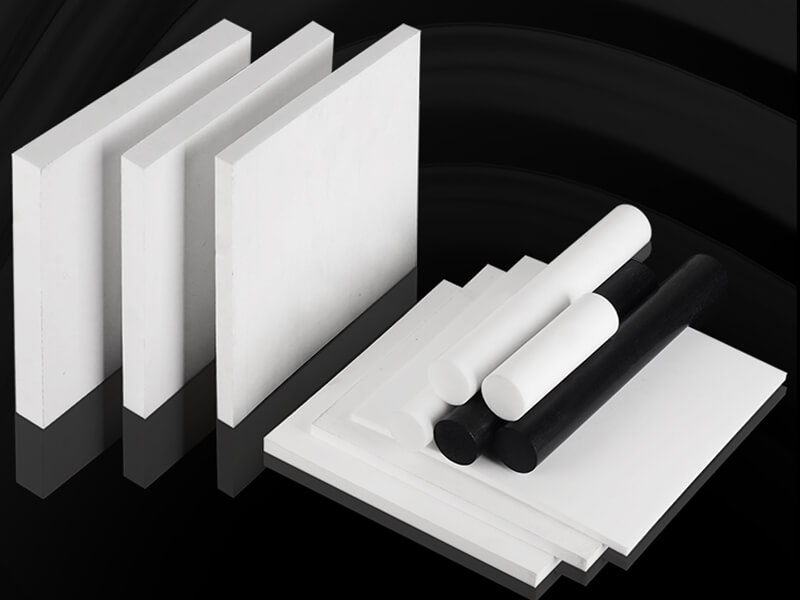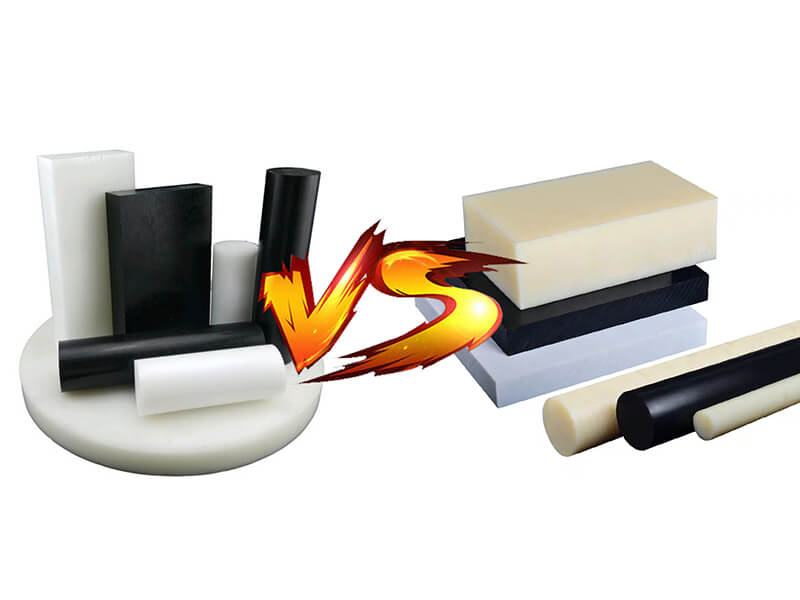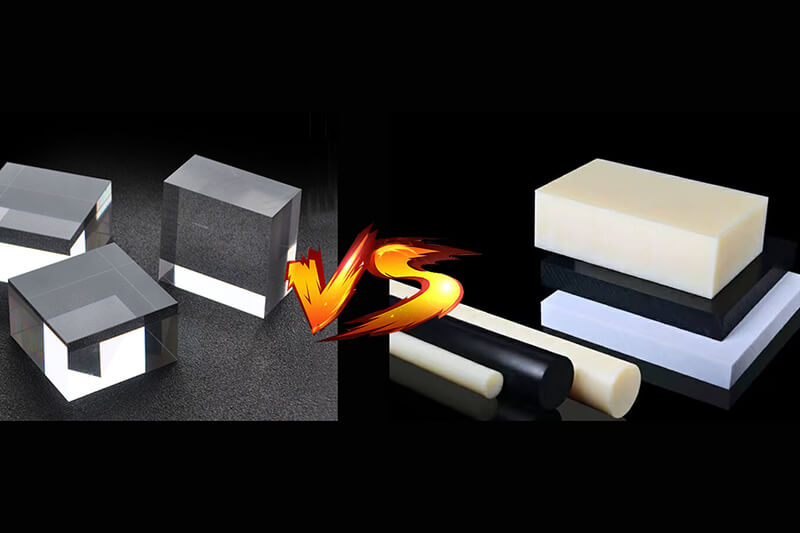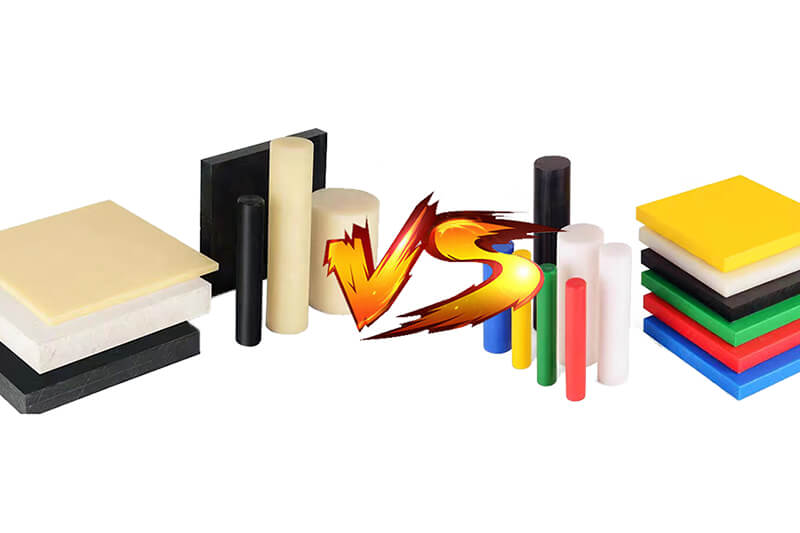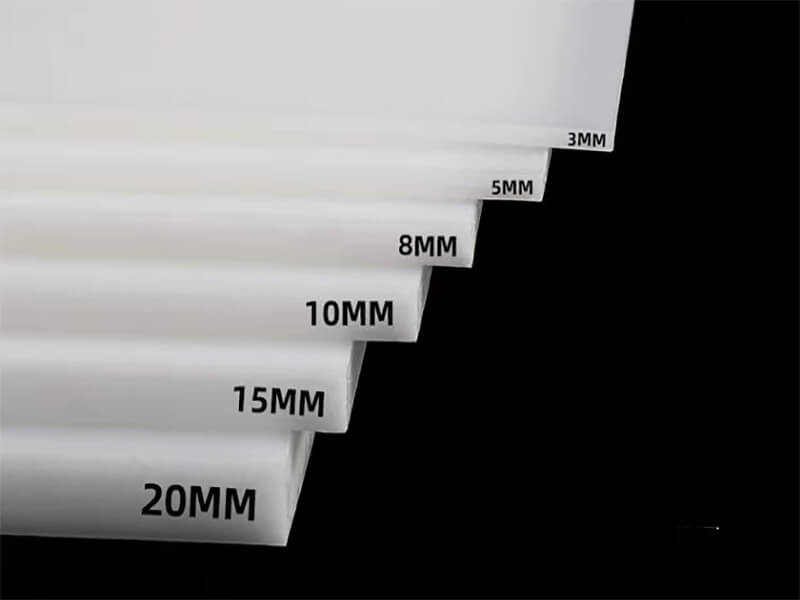About PCTFE material
PCTFE, the full name is Polychlorotrifluoroethylene, also be called as PTFCE, is a thermoplastic chlorofluoropolymer. Compared to PTFE (Teflon), PCTFE offers higher strength, meantime, PCTFE is resistant to the attack of most chemicals and oxidizing agents, due to the presence of high fluorine content.
PCTFE material offers the highest limiting oxygen index and excellent chemical resistance, it is also exhibits properties like zero moisture absorption and non-wetting. It can work well at temperature from -240 to 200 °C, meantime, it offers a great dimensional stability and low coefficient of thermal expansion. Therefore, PCTFE material is an indispensable material in aerospace, electrical, medical, cryogenic valve, and nitrogen generation, etc.
PCTFE material can be processd by injection moulding, extrusion and compression moulding. The frequently used profiles are sheets, rods, tubes, etc.
Specification about PCTFE material
Profile/Shape
Grade
Color
Production process
PCTFE sheet
PCTFE Rod
PCTFE Tube
Remark
Properties of PCTFE material
Main Usage of PCTFE material
Main Industry
Main Feature of PCTFE material
Can’t find what you need? Or need a custom PCTFE material?
Leading supplier of PCTFE material and machining services in China
UVTECO is one of leading supplieers of PCTFE material in China. By using raw material from top supplier, we provide high quality PCTFE sheets, rods, tubes and custom profile. Meantime, we stock the PCTFE sheets/rods/tubes in frequently used dimensions for fast delivery to global clients. Meantime, UVTECO provide machining services including CNC Milling, CNC Lathe Turning, Drilling and injection molding, etc.
Today, UVTECO provides high-quality PCTFE sheets, rods, tubes and parts/components for over 500 clients from more than 45 countries. They are active in aerospace industry, medical industry, cryogenic pump/valve, electrical industry, liquid oxygen/nitrogen generation equipment, etc.
Contact UVTECO for machining PCTFE Material
Related Blogs about PCTFE material
Frequently Asked Questions about Polypropylene (PP) plastic

Looking for a trustworthy Supplier
Need a Trustworthy Supplier of Plastic, Foam, Sponge, Rubber, Metal, and Machining Solution. Click the Button, We Will Be In Touch With You As Quickly As Possible.

